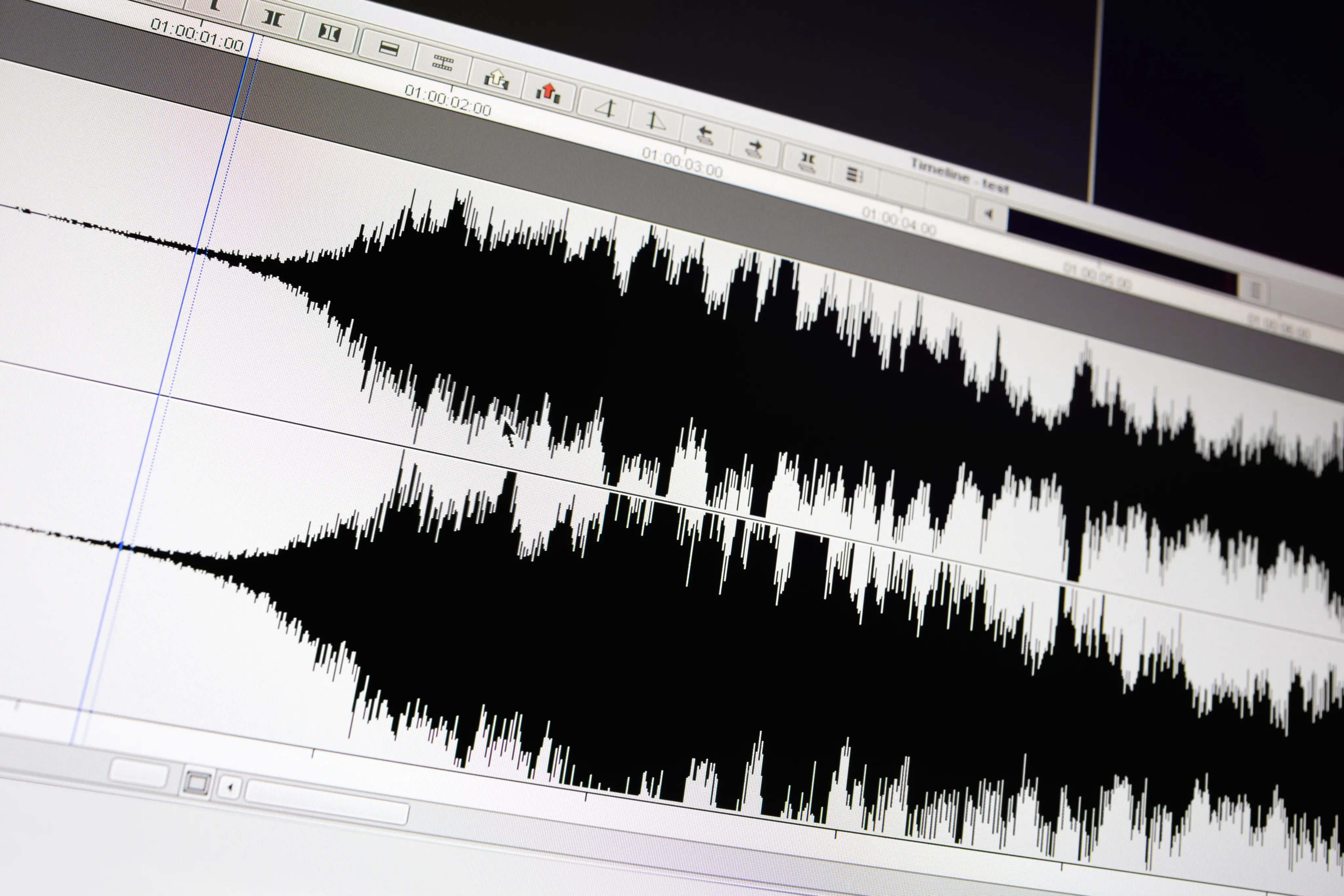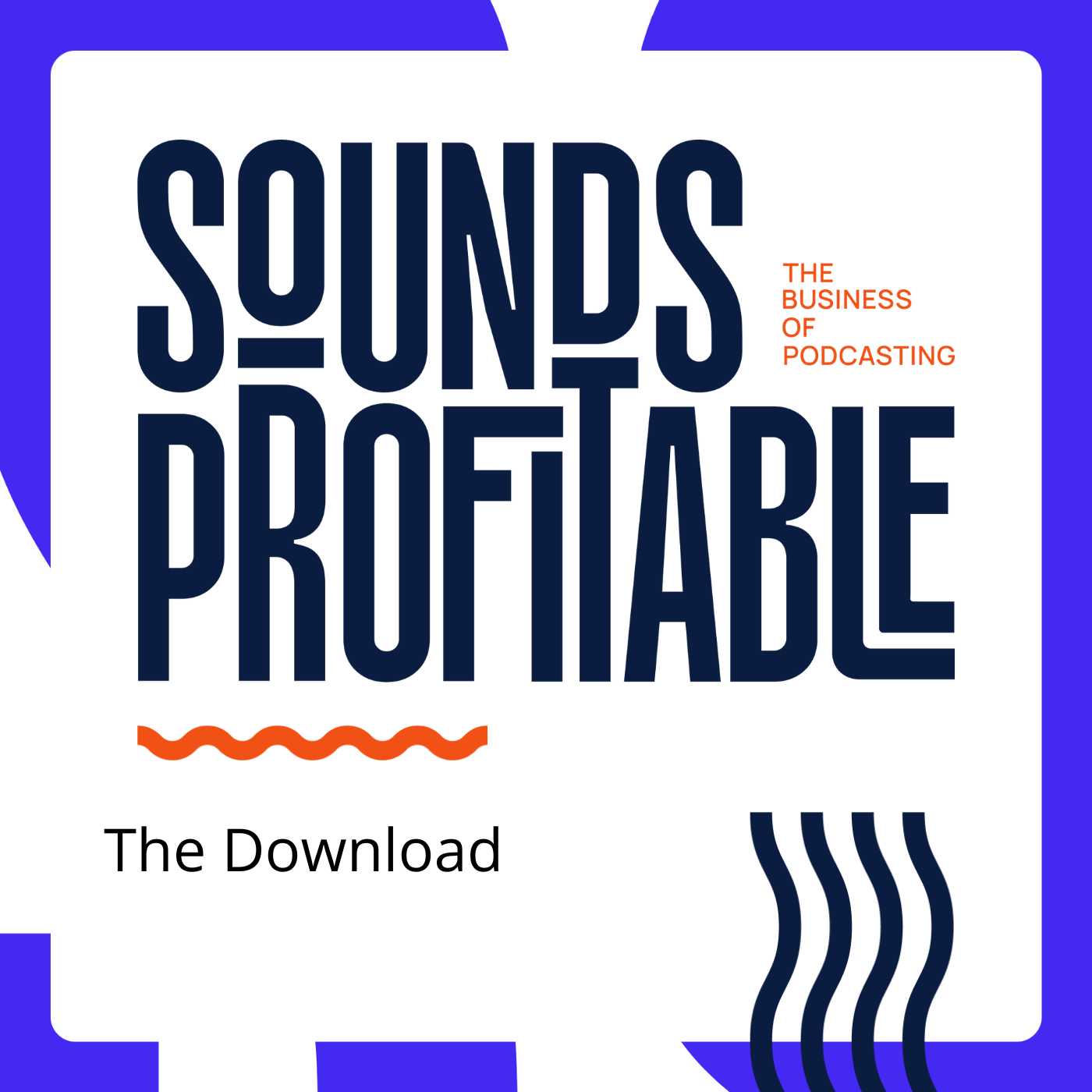Gavin: This is The Download from Sounds Profitable, the most important news from this week and why it matters to people in the business of podcasting. I’m Gavin Gaddis, in for Manuela Bedoya.
Shreya: And I’m Shreya Sharma.
Gavin: The Download is brought to you by Magellan AI. Track the trends in spend, ad load, podcasts on YouTube, and more with Magellan AI’s advertising benchmark report for Q4, available now. You can find a link in the description or visit Magellan dot AI.
Shreya: This week: New DISQO Study Highlights the Power of Podcast Ads, Elite Podcasts Struggle while Masses Thrive, and Pluto TV has an Ad Frequency Problem
Let’s get Started
Proving the Power of Podcast Ads
Gavin: Last Friday, customer experience platform DISQO published a new report titled “Proving the Power of Podcast Ads.” The report was created using survey data collected from over 34,000 consumers in DISQO’s audience in early April, including questions regarding podcast utilization, discovery, and advertising perceptions. DISQO opens the report with an overview of the podcasting landscape, citing podcast advertising’s growth in recent years and arguing the importance of advertisers keeping abreast of the customer experience.
The report found the most popular multitasking activities paired with podcast were, unsurprisingly, household chores and driving. When trying new podcasts, those surveyed were more likely to rely on word-of-mouth advertising from friends and family, followed by social media recommendations and streaming. When questioned about actively searching for podcasts, 62% of respondents preferred to focus on a chosen topic and find a podcast that fit, rather than find a host they liked regardless of topic.
With advertising sentiment, 35% of respondents said they dislike ads, with 50% saying they don’t mind them and the remaining 15% saying they prefer podcast ads. When divided out by age, the 18-44 demographic has a healthier appetite with 19% saying they like podcast ads and 48% saying they don’t mind them.
45+ came in more apathetic, with 53% not caring and 38% actively disliking podcast ads. The big number comes in the section focusing specifically on attention paid, with 33% of respondents saying they pay more attention to podcast ads compared to commercials seen on other sources (e.g. TV, online, and radio). From the report:
“Not surprisingly then, we see that a substantial proportion of consumers like advertising more when they like the content or the host. Specifically, about 33% of listeners like the brand more when it’s advertised by a podcast that they like. This number rises to approximately 45% among daily podcast listeners.”
The audience results of DISQO’s study falls in line with previous research from other sources, including Sounds Profitable’s studies After These Messages and The Medium Moves the Message. While podcast audiences, like any other form of media, may not be positively craving advertisements, they’re far more likely to pay attention to and actively support brands advertised via podcasting. Our industry has an advantage, and it’s worth remembering that.
Smaller Media Companies Prove More Flexible with Advertising.
Shreya: This weekend Max Tani, writing for Semafor, published a piece titled “Elite podcasts struggle while the podcast masses thrive.” The piece highlights a recurring trend of hugely popular podcasts failing to fill all available ad slots, such as episodes of The Daily running house ads for other New York Times products in ad breaks usually full of paid placement. From the piece:
“The podcast industry is in the midst of a deep transformation, away from expensive brand-name programming and back toward its roots in a wider array of, mostly, talk shows.
Spotify recently cut its massive podcast spending, and Sony also confirmed to me that it is scaling back its nonfiction narrative podcast ambitions.”
Tani likens these developments to the uptick of journalists leaving larger platforms to run smaller, self-sustaining operations on Substack. Creators and smaller media companies can afford to run more targeted, audience-specific ads using programmatic rather than relying primarily on larger direct-sold advertisement deals preferred by bigger productions.
In a section titled “room for disagreement,” Tani highlights the success The Daily continues to pull down 4 million daily downloads – if you’ll excuse the expression – on the daily. From the article:
“And Slate, which stumbled into becoming an audio company ten years ago off the back of its successful Political Gabfest, is using its podcasts to power its membership program at the expense of advertising revenue. The company told Semafor its Slate Plus membership revenue has grown more than 50% compared to last year, driven by an ad-free offering and additional segments.”
Despite the intimidating headline, the story here really boils down to the accessibility and flexibility podcasting has when it comes to advertising. Really, it’s less about a feast-or-famine situation for larger podcasts vs. smaller podcasts. Instead, tools like good targeting and programmatic as a delivery method allow for everyone a chance to eat on their own terms.
Pluto TV’s Ad Insertion Tech Has a Frequency Problem
Gavin: Last Friday, Ad Exchanger’s Alyssa Boyle published a piece detailing her experience with the ads on the streaming service Pluto TV. The CTV (connected television) platform makes use of two kinds of content distribution: ad-supported video on demand (or AVOD) and Free Ad-Supported Television (or FAST). The former functions similarly to most tube websites, where a user selects content they want to watch and ads are inserted at time of viewing. The latter functions more like traditional television, with audiences able to tune in to a pre-arranged playlist of content that is consistently running whether they’re tuned in or not.
During a week of use, Boyle found a marked increase in poorly-timed ad insertion and repeats in Pluto TV’s AVOD content. From the article:
“The difference lies in server-side ad insertion (SSAI). Often heralded as a technological innovation that improves speed by calling ads in advance, it turns out SSAI can create some gnarly frequency problems when it’s used for on-demand viewing.”
For anecdotal evidence, Boyle points to one 50 minute episode of a crime drama containing the same creative for a pharmaceutical product four times, paired with an ad for Sleep Number mattresses repeating three times. In another 50 minute episode she clocked two different creatives for eHarmony, totaling six ads for the same company in the same episode.
Boyle proposes the core problem with ad repetition in Pluto TV (and to a lesser extent, CTV’s frequency problem overall) is the fact that both AVOD and FAST content use SSAI to build each “pod” of ads. This works fine for FAST content as it largely follows the same commercial break structure the content was originally designed for on broadcast or cable television. From the article:
“Rather than dynamic ad calls triggered by the ad breaks on a consumer’s device, SSAI stitches together the entire video stream with ads before the consumer sees it, so there’s pretty much no ad-serving flexibility throughout an on-demand stream. Pluto has to make do with whatever ad requests come in while a viewer loads a stream, which likely explains why entire ad pods repeat themselves within Pluto’s on-demand titles.”
Whether or not SSAI is the smoking gun in Pluto TV’s particular case, there have been multiple reports of ad frequency issues on both AVOD and FAST content in recent months. Anecdotally, script writer Gavin Gaddis can attest to this personally, as they regularly make use of both AVOD and FAST streaming platforms on a weekly basis. Luckily, this is an outlier problem that can be solved, likely in a short time span. In the case of podcasting, as Sounds Profitable data found back in October, frequency issues – much like with the advertising industry in general – aren’t a going concern.
Shreya: Finally, it’s time for our semi-regular roundup of articles we’re calling Quick Hits. These are articles that didn’t quite make the cut for today’s episode, but are still worth including in your weekend reading. This week:
Newsguard Launches World’s First Journalist-Vetted Podcast Credibility Ratings. In addition to this announcement, Newsguard has also announced a partnership with Barometer to provide episode-level misinformation detection for podcasts.
Dovetail from PRX is now IAB Podcast Measurement 2.1 Certified.
Spotify launches the Spotify Audience Network in France, Spain, and Italy. Continuing podcast’s global growth, advertisers will now have access to the network in more European countries.
This week on Data Decoded, Tom Webster brings a special extra-long episode in the form of his IAB Upfront talk. Join Tom as he breaks down the data to look at the anatomy of podcasting’s audience, and how it has grown.
Gavin: And that was The Download, brought to you by Sounds Profitable! Today’s episode was built using Spooler and hosted on Art19. Find out more at Spooler.fm and Art19.com
I know we went through today’s stories fast, so be sure to check out the links to every article mentioned, right in your podcast listening app, or on SoundsProfitable.com/Podcast. And thank you for sticking with us as we bring you the top stories you might have missed from the past week. I’m Gavin Gaddis
Shreya : And I’m Shreya Sharma. Our producers are Bryan Barletta, Gavin Gaddis, and Tom Webster. Special thanks to Art19 for hosting The Download. And thanks to you for joining us.
Robot?


 "
"


